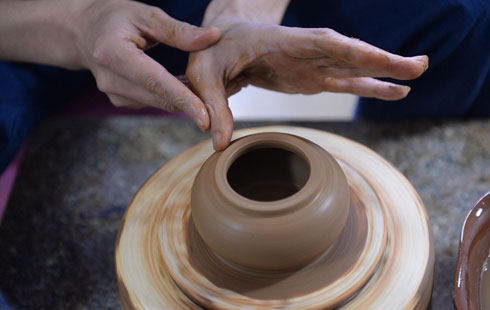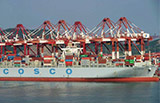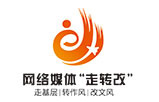Better quality will encourage more to 'buy Chinese'
By Lu Haoting (China Daily) Updated: 2015-09-11 08:01But this transfer of low-end manufacturing to other countries isn't the biggest headache for China. After all, it certainly isn't the right of any country to produce everything.
The real challenge it faces now is walking the extra mile needed to remain a manufacturing power. That means changing its emphasis from quantity to quality-arguably a lot more demanding than what the industry has experienced over the past three decades.
Over the years I have heard various complaints from Chinese manufacturing business owners, about the unfavorable environment they face.
Rising costs for labor, raw materials and rents, particularly, have left their profit margins wafer-thin. They have found it increasingly hard to compete for capital. The lack of intellectual property protection has also impeded technical innovation. It looks unrealistic to expect them to have the same pursuit of technology and quality perfection as Steve Jobs did.
The good news, however, is the government has now made strengthening manufacturing competitiveness a top national priority, under the "Made in China 2025" initiative.
The plan, under the direct supervision of Premier Li Keqiang, is centered on technology development, and is expected to have a far-reaching influence over the next decade. Ten sectors, including machinery building, will be the first to benefit.
In Bic Camera, I found the most popular rice cookers among Chinese buyers were those priced between 20,000 and 100,000 yen ($162-$810).
On JD.com, our leading domestic e-commerce website, prices of rice cookers made by Chinese companies, for example Midea Group, range from 100 to 2,999 yuan ($15.7-$470).
As China's largest rice cooker producer, Midea controls 45 percent of the home market.
The Guangdong-based company started producing goods for Japanese brands in 1994, but it unveiled the most expensive 2,999-yuan rice cooker under its own brand in April, and chose to launch it in Tokyo.
That one boasts an inner-cooking bowl made of titanium alloy and induction heating technology-a popular feature of Japan-made rice cookers.
It's still too early to judge whether it will be a market hit.
But it's inspiring to see Midea starting to challenge its Japanese rivals, particularly on their home turf.
- Quotable quotes on China's April exports, imports data
- China stocks plunge again as hopes for economic recovery fade
- Texas pipe plant to boost Chinese FDI
- Coach seeks to beat European brands
- BMW looks to young for China's future
- Lensman Jason Bell sees China as land of creative fashion ideas
- NEV plans get a head start
- Telecom operators saved subscribers $6b by boosting internet speed, cutting fees

















